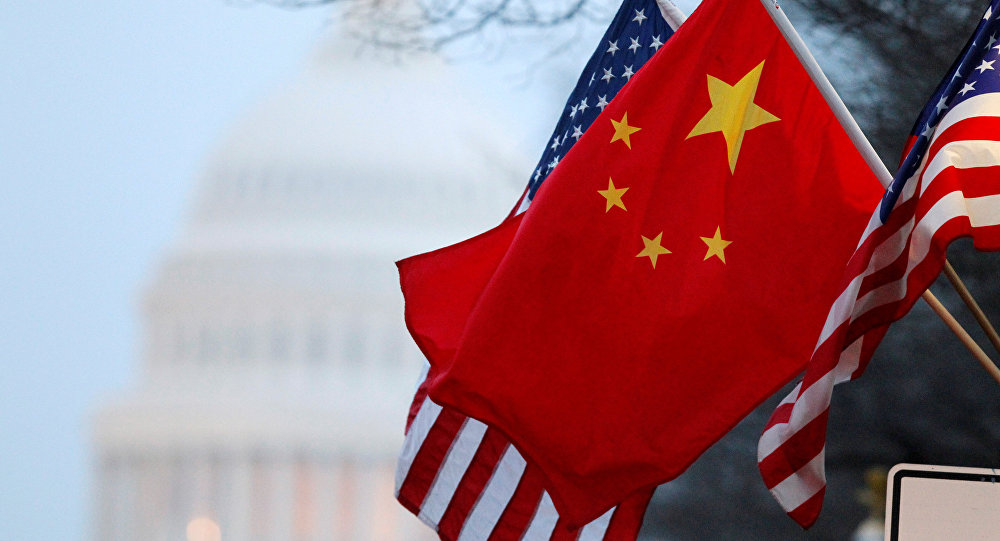On May 29, the White House stated it would push forward a proposal to impose 25% tariffs on $50 billion worth of Chinese goods and take new restrictions on Chinese investments in US high-tech industries, CNN reported.
China has aggressively sought to obtain technology from American companies and undermine American innovation and creativity.
More: https://t.co/E5adtSt5Zx pic.twitter.com/7ysTaI9XDB
— The White House 45 Archived (@WhiteHouse45) May 29, 2018
US President Donald Trump expressed his “confronting” to an unfair Chinese policy in trades:
“China has consistently taken advantage of the American economy with practices that undermine fair and reciprocal trade,” the statement reads.
“China has aggressively sought to obtain technology from American companies and undermine American innovation and creativity.”
Concluding the statement, Trump stressed that the “United States will implement specific investment restrictions and enhanced export controls for Chinese persons and entities related to the acquisition of industrially significant technology”.
According to the statement, this list of limitations will be announced “by June 30, 2018”.
On May 29, Chinese Ministry of Commerce released a short statement announcing that it was surprised by the US decision. The Ministry stated that this Washington move is a contrary to the consensus recently reached by countries.
On May 30, Chinese Foreign Ministry spokesperson Hua Chunying stated that China urges the US “to honor its words and meet China halfway in the spirit of our joint statement”.
“Once again, we don’t want a trade war, but will never quail or recoil from a trade war. One move can always be countered by another. If the US is bent on having its own way, we will surely take firm and forceful measures to safeguard our legitimate rights and interests.”
US Secretary of Commerce Wilbur Ross, who will go to China on June 2-4 trade talks, pointed out that “there can be negotiations with or without tariffs in place”, CNBC reported.
This unprecedented turn in the so-called trade war came after two rounds of allegedly successful “trade consultations” between the US and China on economic issues.
From May 15 to 19, a second round of “trade consultations” between the US and China was held in Washington. On May 19, the White House released a joint statement of the US and China over the trade consultations declaring that both sides had agreed the increase in the US agriculture and energy exports.
The first round of the trade talks began on May 3, when the US delegation arrived in Beijing to carry out 2-day talks with Chinese officials.







While protecting “industrial significant technology” is a rational objective, a pr